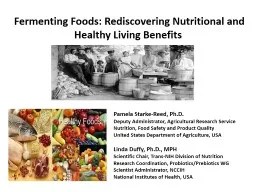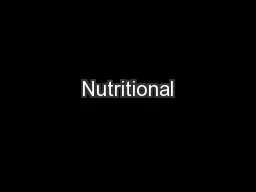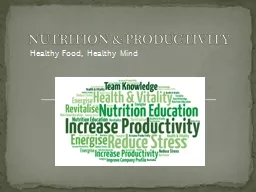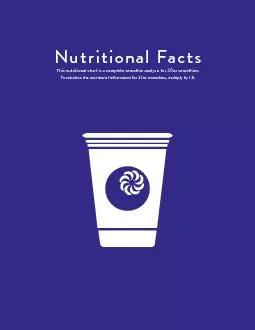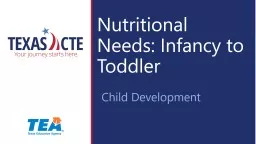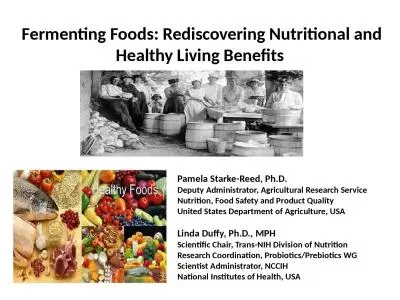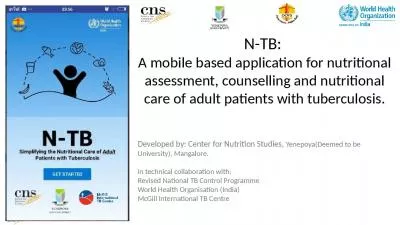PPT-Fermenting Foods: Rediscovering Nutritional and Healthy Li
Author : calandra-battersby | Published Date : 2016-04-13
Pamela StarkeReed PhD Deputy Administrator Agricultural Research Service Nutrition Food Safety and Product Quality United States Department of Agriculture USA Linda
Presentation Embed Code
Download Presentation
Download Presentation The PPT/PDF document "Fermenting Foods: Rediscovering Nutritio..." is the property of its rightful owner. Permission is granted to download and print the materials on this website for personal, non-commercial use only, and to display it on your personal computer provided you do not modify the materials and that you retain all copyright notices contained in the materials. By downloading content from our website, you accept the terms of this agreement.
Fermenting Foods: Rediscovering Nutritional and Healthy Li: Transcript
Download Rules Of Document
"Fermenting Foods: Rediscovering Nutritional and Healthy Li"The content belongs to its owner. You may download and print it for personal use, without modification, and keep all copyright notices. By downloading, you agree to these terms.
Related Documents

